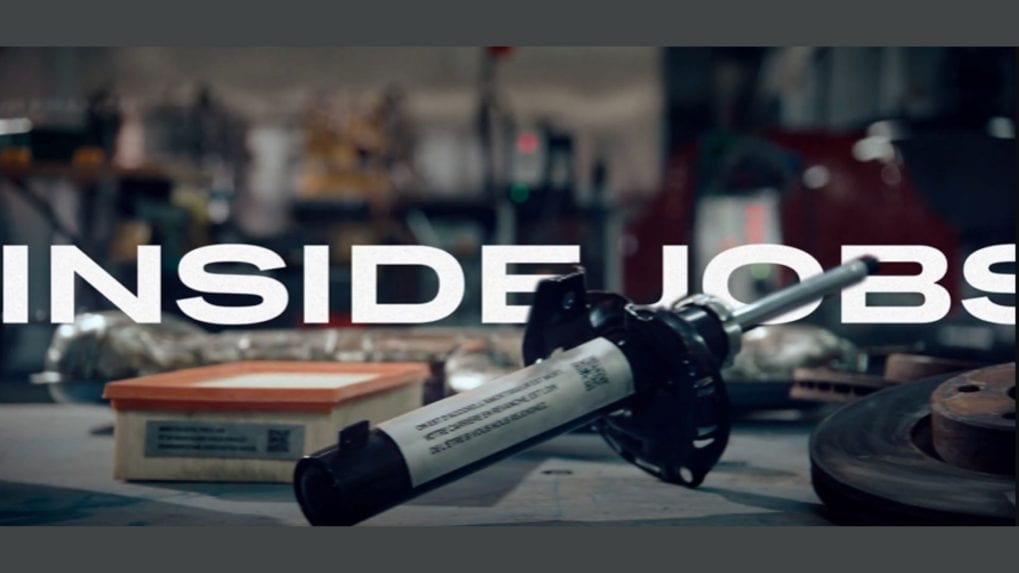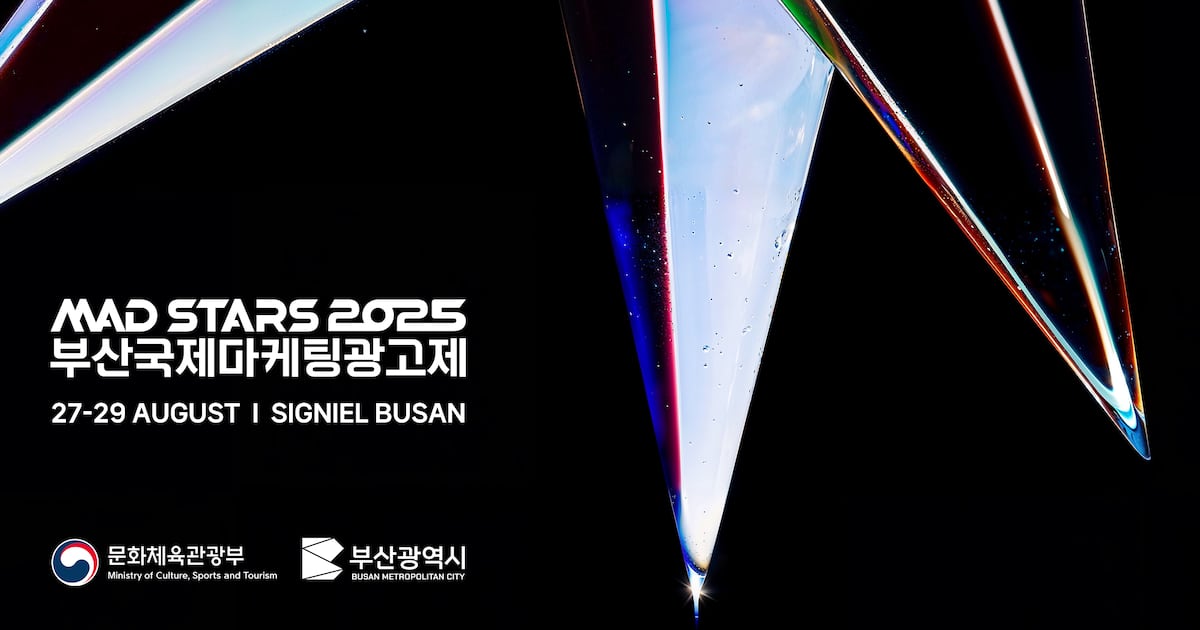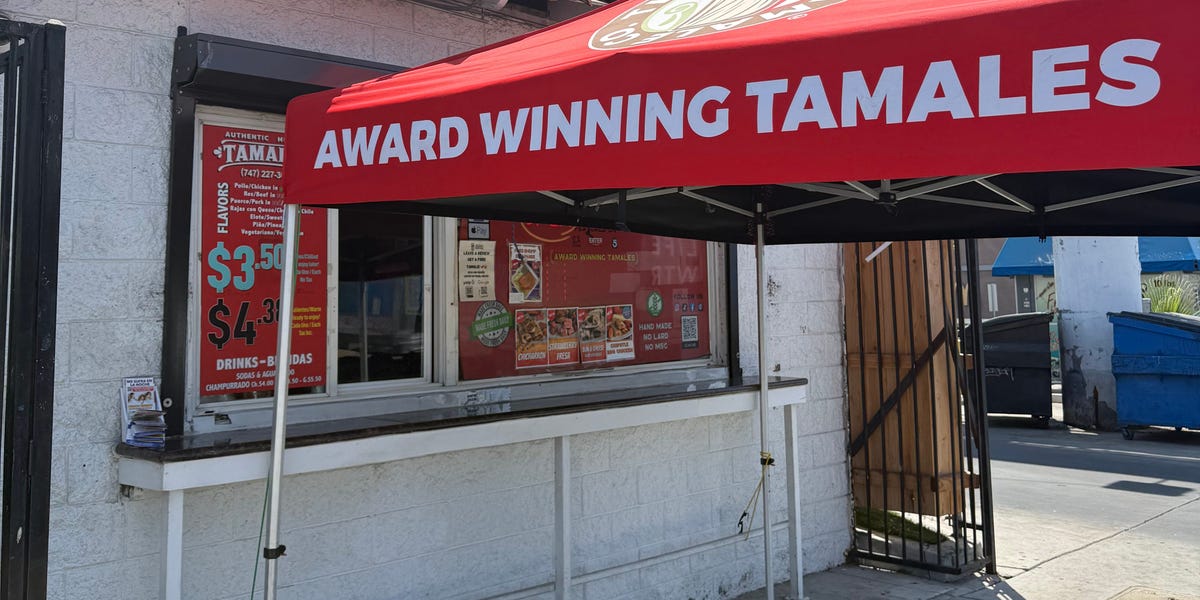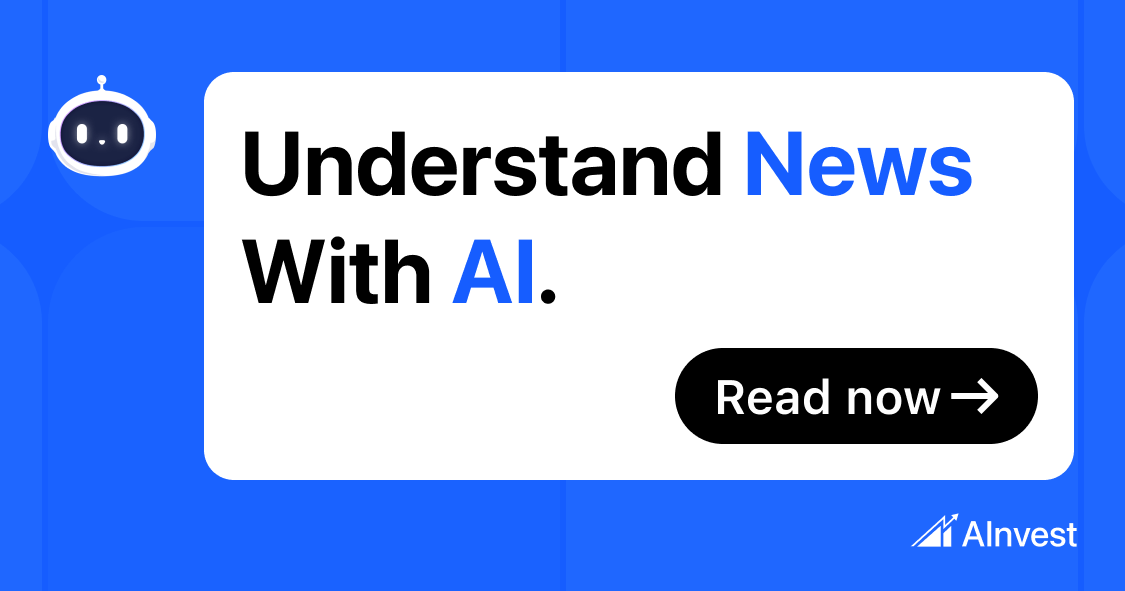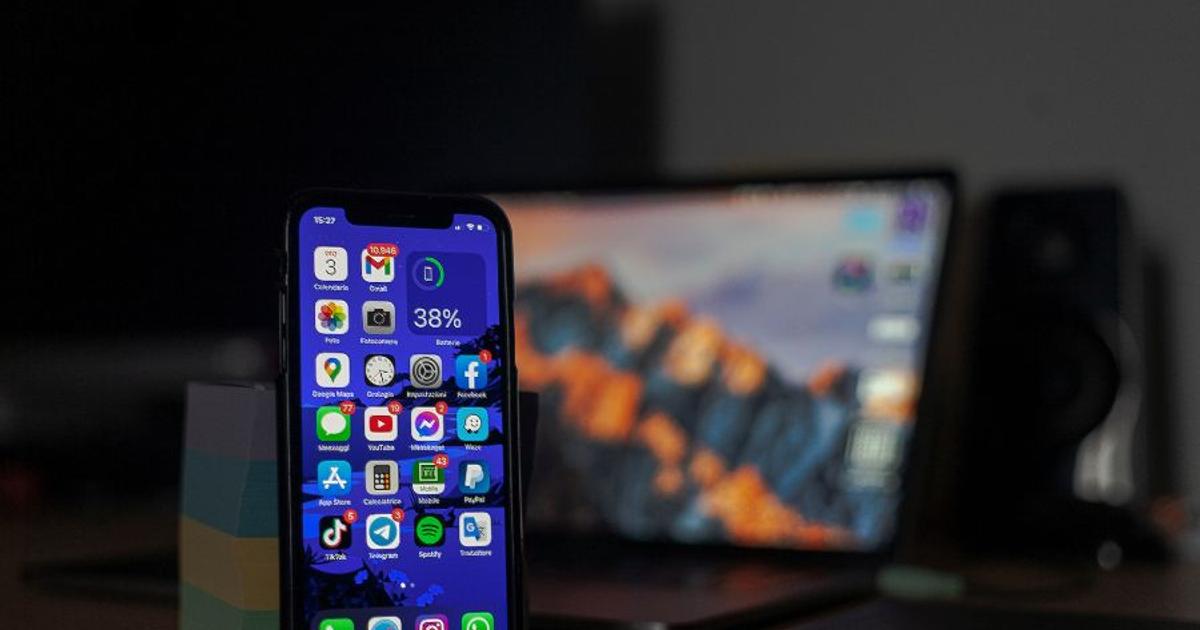Major Brands Caught Advertising on Low-Quality AI Content
As artificial intelligence continues to shape the digital landscape, a new wave of low-quality, AI-generated videos—often referred to as “AI slop”—is proliferating across social media and video platforms. YouTube, in particular, has seen a surge of such content, creating complications for major brands whose advertisements are being displayed alongside these videos.
Brands like HBO Max, Amazon Hub Delivery, and Samsung Home Appliances have found their ads appearing next to AI-generated content that ranges from bizarre to misleading. This has raised concerns over brand safety, with companies unknowingly associating their names with questionable material.
The Rise of AI Slop Channels
One notable example is the YouTube channel Pan-African Dreams, which recently garnered attention for a deepfake video falsely showing Pope Leo XIV praising Ibrahim Traoré, the military leader of Burkina Faso. The video, which misinformed viewers and prompted a response from the Vatican, amassed over a million views by mid-May. Marketing Brew observed ads from HBO Max, Amazon Hub Delivery, TodayTix, and Visit Florida on this channel.
Another channel, Banana Adventure, produces strange AI-generated videos featuring characters like Minions and the Joker. Ads for Amazon Hub Delivery, Android, and Tia Health were spotted on its videos. The third example, a channel called Mikey, posts cartoon stills with AI voice-overs, often showcasing Mickey and Minnie Mouse. Marketing Brew found ads from Adobe and Samsung Home Appliances on this channel’s videos.
YouTube’s Current Ad Policies
In response to inquiries, Google spokesperson Nate Funkhouser stated that YouTube does not currently allow advertisers to opt out of AI-generated content specifically. “We offer controls for advertisers to decide where their ads run based on the content of a video, not how it was produced,” Funkhouser explained.
After these observations were brought to YouTube’s attention, the Pan-African Dreams and Banana Adventure channels were removed. However, the Mikey channel was deemed compliant with YouTube’s policies and remains active.
Brand Safety at Risk
For advertisers, the proliferation of AI slop represents a growing challenge. Despite using brand-safety tools, companies continue to find their ads placed next to harmful or misleading content. Past incidents have seen brands’ ads appear alongside climate misinformation, medical falsehoods, and even racist or antisemitic content.
Anirudh Dhebar, a marketing professor at Babson College, emphasized the importance of vigilance. “Advertising next to AI slop could contain reputational risk for brands,” Dhebar noted. Even if the content itself isn’t overtly problematic, the association with poorly produced or misleading AI-generated material could tarnish brand image.
Disney and Universal have already filed lawsuits against the AI company Midjourney, claiming it enables users to generate content based on copyrighted intellectual property, highlighting broader concerns about the unchecked use of generative AI in content creation.
YouTube’s Efforts and Limitations
In March 2024, YouTube implemented new rules requiring creators to disclose if their videos were generated using AI tools. Additionally, the platform maintains policies against spam, scams, hate speech, and misinformation. However, due to the sheer volume of content uploaded every day, enforcement remains a significant hurdle.
Tyler Folkman, General Manager at TubeBuddy, believes AI slop channels may not thrive in the long run due to low engagement. Still, he acknowledges the difficulty in swiftly removing problematic content due to YouTube’s vast scale.
“If I’m an advertiser, I need to be very mindful, and I’m in a precarious point,” Dhebar added. “On one hand, I want the biggest bang for my dollar, that’s in the short term; [in] the longer term, there might be significant reputational risk. How do I balance those two?”
A Call for Greater Transparency and Control
The presence of major brand advertisements on AI slop content underscores the urgent need for more granular advertising controls. As AI-generated media becomes more prevalent, advertisers will need better tools to ensure their campaigns align with brand values and standards.
Until platforms like YouTube provide more robust filtering options, brands may find themselves in an ongoing battle to protect their reputations in an increasingly AI-saturated digital environment.
This article is inspired by content from Original Source. It has been rephrased for originality. Images are credited to the original source.

